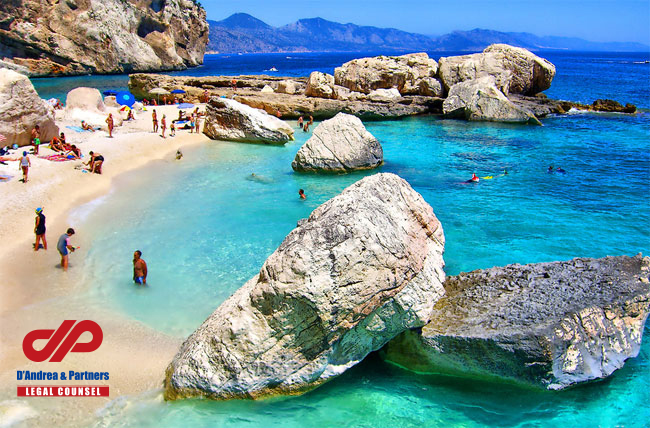Ferragosto is a traditional Italian holiday with very ancient origins, which is celebrated on the 15th of August. With this article, we would like to introduce our followers to the origins of this holiday and the meaning of the traditions accompanying this recurrence.
The origin of the term “Ferragosto” derives from the Latin expression Feriae Augusti (Rest of Augustus), which indicated a festivity introduced by the Roman Emperor Augustus on 18 B.C. and added to the other holidays falling on the same month. The holiday was dedicated to Consus, the Roman god of the earth and of fertility, which had the aim of celebrating the ending of agricultural work. This was especially important as, together with the other holidays which fall in August, it allowed workers to enjoy an adequate rest period (also called “Augustali”), necessary to recover after the hard work in the fields throughout the preceding weeks.
During the celebrations in the Empire horse races were also organized, while draught (working) animals were allowed to rest while being decorated with flowers. Such ancient traditions are kept alive today, substantially unchanged in their form, though the “Palio dell’Assunta” (in honor of the Madonna Assunta) which takes place in Siena on August 16th.
Originally, Ferragosto was celebrated on August 1st. The change of date is owed to the Catholic Church, which decided to make the laic (lay) holiday coincide with the religious holiday known as the “Assumption of Mary”.
As for the popular tradition of the tourist trips and tours of Ferragosto, it was born during the Fascist period. In fact, beginning from the second half of the 1920s, during Ferragosto the government organized, through various corporations, hundreds of popular trips. In more detail, train tickets were offered with high discounts (and thus referred to as the “popular trains of Ferragosto”), in order to allow the least-favoured social classes the possibility to reach coastal and lakeside locations, as well as Italy’s cities of art. Two options were available: the “one day trip”, which allowed a round trip within the range of 50-100 km, and the “three days trip”, which allowed a round trip within the range of 100-200km.
Thanks to these popular trips, the majority of Italian families, irrespective of their social or economic background, had the opportunity to visit and see for the first time, art towns, mountaineous regions, seaside resorts and other amazing locations around Italy. Nevertheless, as such trips did not include meals, it has also become a tradition to bring a “packed lunch” to eat during the day, such a tradition is currently still very widespread and popular.
D’Andrea & Partners wishes all its followers to have a pleasant Ferragosto together with your family and friends.







